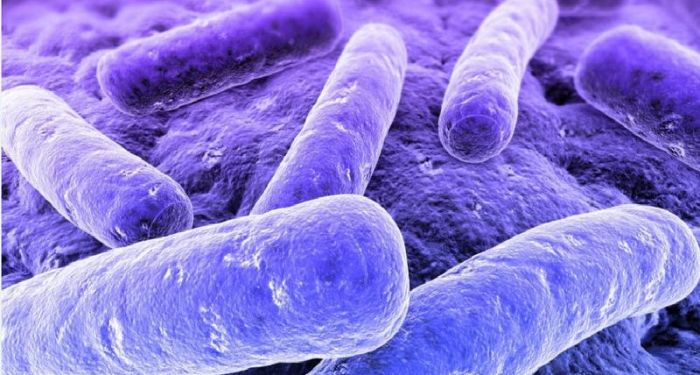Wastewater resource recovery project wins a 2018 Australian Water Award
A CRCWSC project—Purple phototrophic bacteria (PPB) for resource recovery from wastewater—won the national Research Innovation Award at the 2018 Australian Water Awards. The prize recognises projects that encourage novel approaches to water resources management.

PPB certainly is novel. This light-sensitive bacteria extracts nutrients (potassium, phosphorous and nitrogen) from wastewater (treated sewage), converting them into solids. Not only are these nutrients highly valued as fertilisers by the agricultural sector, they are also in short supply. These factors make the treatment process cost neutral, and the methane gas generated as a byproduct makes it energy neutral as well.
This new treatment process also has some aesthetic benefits. Wastewater is usually brown and smelly. But the PPB process produces almost no odours or greenhouse gas emissions, and the water looks more like red cordial than wastewater.
The CRCWSC was instrumental in the project’s success. Working with the CRCWSC gave the project team direct access to industry partners, which resulted in research that is directly useful to industry. It also gives industry confidence that the research can be successfully implemented.
The hope is that this new technology will replace existing wastewater treatment technology. Current processes do not harvest useful nutrients from wastewater, and are very resource-intensive. The PPB treatment process meets or exceeds the technical performance capability of existing technologies. There is also strong multi-sector support from the waste, wastewater and agriculture and related farming sectors.
“It has been fantastic to see an innovative idea become a commercial reality,” said the CRCWSC’s Chief Research Officer, Jurg Kelly. “Industry recognition through the AWA award is certainly icing on the cake.”